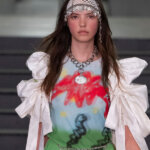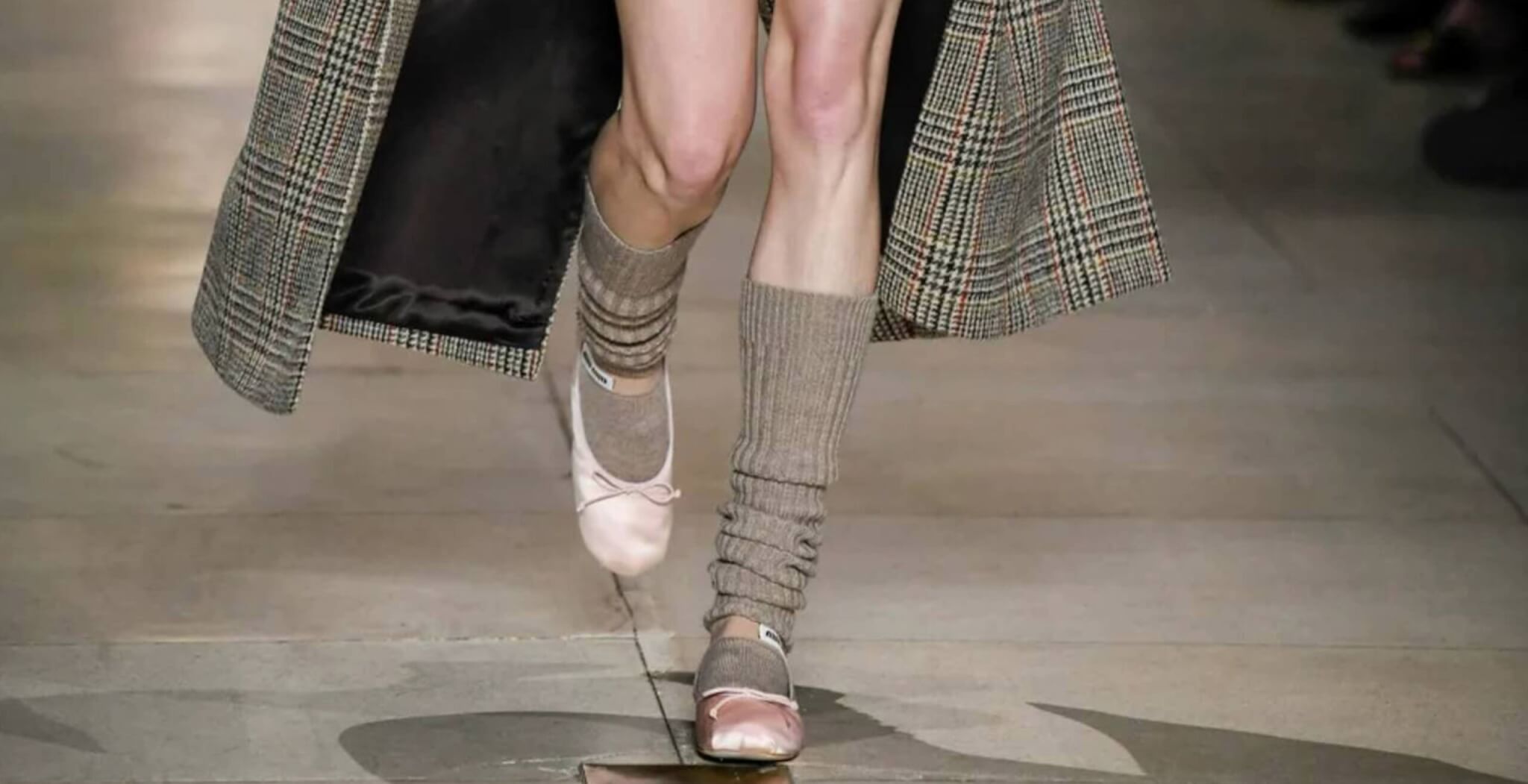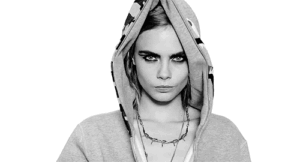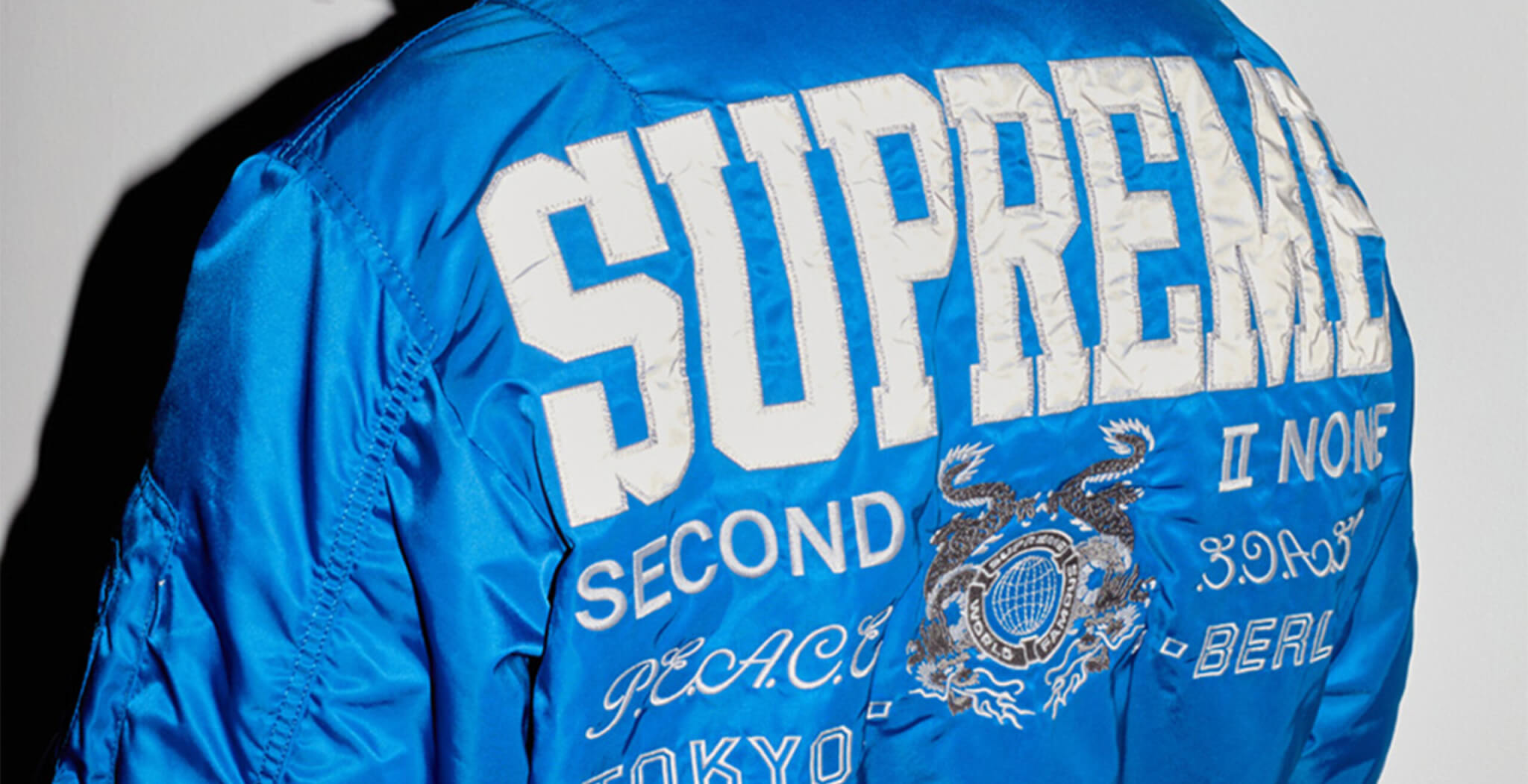Is humanity doomed? A question that seems not so absurd given the current global political situation and the advancing climate crisis. Turn on the television, look at your mobile phone or open the daily newspaper and you will be inundated with news that resembles a dystopian novel set in a post-apocalyptic atmosphere – the only thing missing is the brave hero or heroine standing up to evil. Figures also clearly show that more and more young people are confronted with a dystopian view of the world. A major study of 10,000 young people in 10 different countries reveals the extent of anxiety about the climate crisis around the world.
34% of Gen Z Americans claim to be religiously unaffiliated. This shift parallels the rise of nihilistic attitudes among both Gen Z and Millennials, a trend accelerated by the chaotic experience of navigating through relentless crises.
A new wave of optimism is starting to emerge across social media, supported in online culture by trending hashtags like #antinihilism, and #hopecore. As we search for opportunities to reconnect with nature, third spaces to meet people, and rituals to center our spirits, we are witnessing a shift away from dominant secular beliefs toward new ideologies aimed at filling the spiritual void.
In a time marked by eco-anxieties, people are turning to wellness worship to touch some much needed grass. Nature-focused rituals, such as cold plunging, are being popularized on platforms like TikTok, while spiritual festivals centered around the worship of natural elements are selling out at unprecedented rates. This spiritual resurgence is also giving rise to communities in real life, such as the Gr1n spiritual raves, and a sense of unity online, through trends like the Pinegrove Shuffle. Many are turning to Wellness Worship to reestablish a connection with their inner selves through daily practices like meditation, silent walking (it combines the health benefits of nature, exercise and meditation to center and calm its many participants) or the use of breathwork. Wellness worship marks a further interest in wellness practices and decentralised spiritual beliefs, which also cast a spell over neo-pagan rituals and aesthetics: But first, let’s clarify what exactly neo-paganism is. Pagan’ was originally coined by 4th century Christians to refer to anyone who didn’t follow the Abrahamic religions. It remained a rather pejorative label until 20th century pagans (or neo-pagans) reclaimed it as an umbrella term for several of their practices, traditions and paths. Today, a growing number of people identify as such.
Whether casting spells, reading tarot cards or celebrating the summer solstice, more and more people are turning to neo-paganism, and the witchy movement is making its way into fashion. On TikTok, people are either obsessed with Wednesday Addams’ wardrobe or going full Whimsigoth – equal parts whimsical and gothic, with heavy references to 90s supernatural TV shows and movies like Sabrina The Teenage Witch and The Craft.
And, as is so often the case, cultural movements, emerging trends and changing consumer behaviour are the catalysts that fashion is keen to embrace. Historically, fashion has done the exact opposite. Since its conception, the garment industry has relied on exploiting both natural resources and female labour. So, it makes sense that folkloric and neo-Pagan aesthetics have served as an inspiration, or even a symbol, to designers who are trying to challenge that system.
Fashion designers are drawing on folkloric and neo-pagan aesthetics to challenge traditional fashion norms, focusing on sustainability, ethical practices and inclusivity. Brands such as STORY mfg., Chopova Lowena and Solitude Studios are gaining attention for their conscious approach to design, using natural and recycled materials while referencing cultural and natural elements. On the catwalk, stone circles and mysterious cave carvings have inspired runic knitwear, as seen in Paolina Russo’s show during Copenhagen Fashion Week. Even the Gaelic festival of Lughnasadh made an appearance at Fashion Week, courtesy of Simone Rocha.
In an age of eco-fear, women’s rights backsliding and cost-of-living crises, the tenets of neo-paganism – a reverence for nature, a re-examination of traditional gender roles and a general sense of escapism – hit the nail on the head and sometimes make our lives feel less dystopian.




























